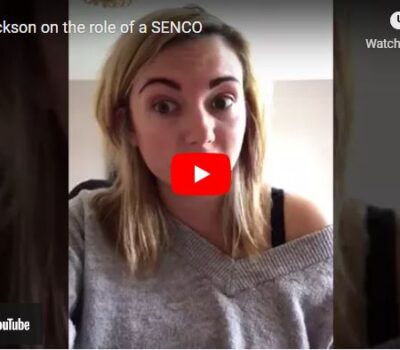


That song will be stuck in your head now. But CPD really isn’t as hard as it can look. The key is making sure your CPD is really effective. Research shows that good Continuing Professional Development (CPD) for teachers can have the same impact on pupil achievement as up to ten years of classroom experience, making it a cost-effective and efficient way to improve teaching standards.
A lot of it is down to planning. As a former teacher, I understand that whilst you have to adapt quickly to different situations, you must have some sort of plan when it comes to teaching and developing.
Firstly, you needn’t worry about creating everything from scratch! There are plenty of resources and planning tools available to help plan and prioritise what you need for your CPD. You need to identify your outcomes and priorities before you really start any major planning. The most obvious outcome is to improve the quality of education that a student receives. But in terms of personal development, you want to improve your skills that enable you to help your students. Using a step by step method to figure out your outcomes is a great way to plan, and it means you have a structured system to follow.
Teachers work in different environments, for example, if you are working in a SEND environment, it is important that you have developed to help your students with their specific needs. You will not complete your teaching qualifications and stop learning. In fact, you may learn that being in a classroom actually teaches you the opposite of some of the things you have learnt. Ten years of doing the same thing that you were taught in your qualifications means that you are simply in the same position you were in as a graduate. Arguably, you’d actually be even worse, as you may have forgotten things you were taught.
It is really important to have a good CPD program that all teachers can engage with and use to develop themselves. This also leads to consistency between different educators and teachers, so the learners’ way of learning isn’t confusingly different across various classes. You can also set a high standard across a whole school, impacting hundreds or even thousands of students.
Consistent behaviour management was always one thing I really developed quite quickly when I was teaching. As many of my learners were only a few years younger than me, they saw me more as a friend than an authority figure. As I gained more responsibility for them, the more disciplined I had to be. Developing positive behaviour management is very important, as learners are more likely to respond to encouragement of good behaviour rather than beratement of negative behaviour. This is not to say that you should tolerate bad behaviour. Your reaction to all types of behaviour has to be consistent, so if a learner is being disruptive, you must develop a rational and consistent reaction and maintain self-awareness.
When we were younger, many of us would find school ‘boring’ and we would rather be doing something else. The reality is that we were not feeling engaged. Kids have an incredible capacity and longing to learn, but activating that need is very important. There will be teachers that refuse to develop their engagement techniques and will continue outdated and ‘unengaging’ techniques. That’s why efficient CPD can be more effective than 10 years of classroom experience.
A great way to improve the student’s ability to learn is through metacognitive strategies. This is all about the thinking process when problem-solving. This method of teaching has been proven to boost learners’ success and, in particular, it is very advantageous to disadvantaged learners. For example, a learner may not know how to solve a problem, so they try to approach it by activating their prior knowledge. This is when they use previous knowledge as a strong foundation to link to and expand on, so they have a better understanding of the new topic, or even help them find a solution to the problem.
Some learning techniques come from the children themselves. Learning their processes, and how they came up with a correct answer, is such invaluable information in teaching, especially when tailoring a learning plan that best fits the learners. Using a technique called ‘Stretching and Challenging Right Answers’ enables the teacher to work out how the learner got the correct answer, and how they could further expand it. This means that you can develop and adapt your methods to improve the learner’s experience in the future.
Individual written feedback is often hit or miss. You are often writing the same thing for most of the learners, and it takes a long time on a Sunday afternoon when you would rather be doing anything else. It takes a toll on teacher wellbeing, and mental health issues in schools are already a massive problem. Whole-class feedback is a great way to teach the whole class on the problems they have as a collective, saving you time that can be spent on smaller, individual feedback. Developing effective ways to improve your whole class can be very rewarding. I found myself giving whole-class feedback when I was teaching my students about writing personal statements, as I found that they were making the same mistakes.
The impact of CPD in schools is understated. Starting a chain reaction of good CPD can have an enormous impact on the quality of education for the learners, and also raise teaching standards. In turn, teachers can help other teachers grow and so on. With so much help available and so many guides about effective CPD, it’s never too late to start your development into a better and more effective teacher. It’s as easy as CPD! ♫